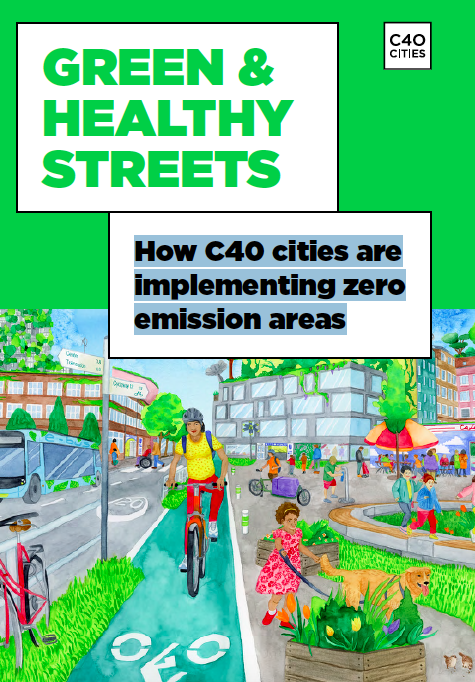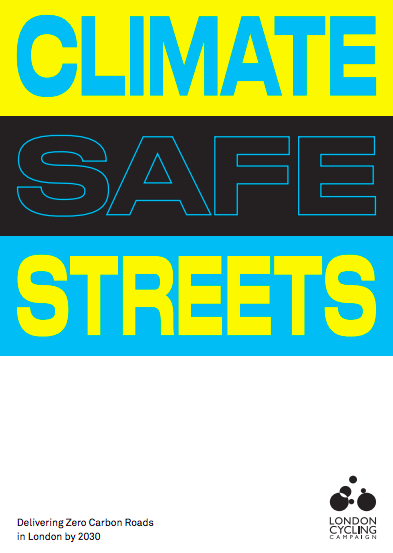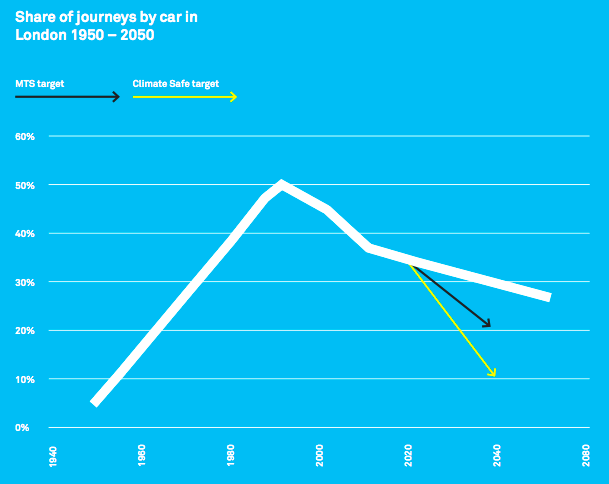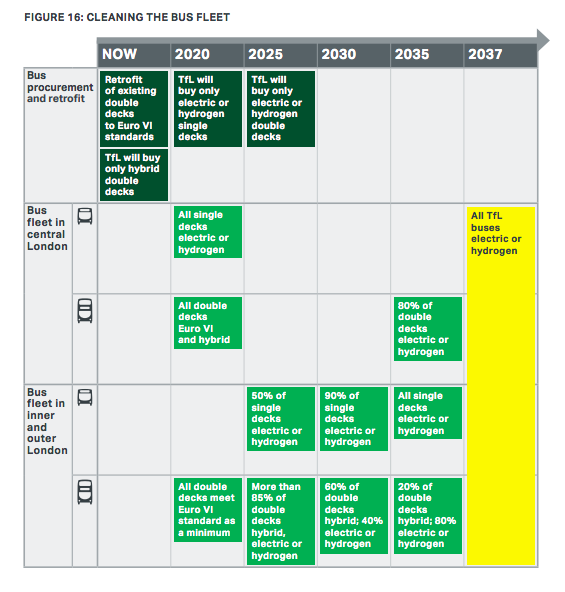Site search:
-
What’s new?
Energy for London Tags
Brent Buildings Camden Carbon Emissions CHP Cities Climate Adaptation Community Heating Community Initiatives Croydon Data DECC Decentralised Energy Distribution ECO Energy Costs Energy Efficiency Enfield FIT Fuel Poverty Funding Green Deal Hackney Haringey Housing Islington Lambeth Library Local Authorities Mayor Newham Ofgem Olympics Photovoltaics Planning RE:FIT RE:NEW Renewable Energy Retrofit Southwark Tower Hamlets Transport Waltham Forest Waste WestminsterEnergy Archives:
- February 2021 (1)
- January 2021 (15)
- December 2020 (15)
- November 2020 (9)
- October 2020 (3)
- August 2020 (5)
- July 2020 (3)
- June 2020 (4)
- April 2020 (10)
- March 2020 (5)
- February 2020 (2)
- January 2020 (3)
- October 2019 (1)
- September 2019 (4)
- August 2019 (2)
- July 2019 (1)
- August 2018 (1)
- November 2016 (8)
- October 2016 (8)
- September 2016 (2)
- August 2016 (8)
- July 2016 (14)
- April 2016 (12)
- March 2016 (16)
- February 2016 (8)
- January 2016 (4)
- December 2015 (1)
- November 2015 (1)
- October 2015 (16)
- September 2015 (3)
- June 2015 (1)
- May 2015 (1)
- April 2015 (1)
- March 2015 (1)
- February 2015 (1)
- January 2015 (1)
- December 2014 (18)
- November 2014 (4)
- August 2014 (8)
- July 2014 (7)
- June 2014 (25)
- May 2014 (8)
- April 2014 (4)
- March 2014 (12)
- February 2014 (7)
- January 2014 (13)
- December 2013 (11)
- November 2013 (15)
- October 2013 (15)
- September 2013 (18)
- August 2013 (5)
- July 2013 (20)
- June 2013 (33)
- May 2013 (8)
- April 2013 (16)
- March 2013 (25)
- February 2013 (14)
- January 2013 (20)
- December 2012 (23)
- November 2012 (23)
- October 2012 (25)
- September 2012 (14)
- July 2012 (12)
- June 2012 (43)
- May 2012 (20)
- April 2012 (8)
- March 2012 (40)
- February 2012 (39)
- January 2012 (40)
- December 2011 (22)
- November 2011 (40)
- October 2011 (33)
- September 2011 (48)
- August 2011 (40)
- July 2011 (58)
- June 2011 (41)
- May 2011 (80)
- April 2011 (38)
- March 2011 (33)
- February 2011 (25)
- January 2011 (24)
- December 2010 (3)
- November 2010 (7)
- October 2010 (6)
- September 2010 (7)
- August 2010 (1)
- July 2010 (2)
- June 2010 (4)
- May 2010 (1)
- March 2010 (3)
- February 2010 (3)
- December 2009 (5)
- November 2009 (2)
- October 2009 (3)
- July 2009 (3)
- June 2009 (1)
- April 2009 (1)
- March 2009 (1)
- February 2009 (1)
- January 2009 (1)
- December 2008 (2)
- October 2008 (1)
- September 2008 (1)
- July 2008 (1)
- March 2008 (2)
- January 2008 (2)
- October 2007 (1)
- September 2007 (3)
- July 2007 (1)
- March 2007 (1)
- February 2007 (3)
- November 2006 (3)
- August 2006 (1)
- February 2006 (1)
- May 2005 (1)
- February 2004 (1)
Tag Archives: Transport
London’s buses now meet ULEZ emissions standards across the entire city
14 January 2021: TfL press release announcing that “All buses in TfL’s 9,000-strong bus fleet now meet or exceed the cleanest Euro VI emissions standards. This is a major milestone in tackling toxic air pollution in the capital. This has significantly reduced the contribution from TfL buses to transport-related NOx emissions, with the proportion of transport nitrogen oxide (NOx) emissions coming from TfL’s buses reducing from 15% to just four per cent.”
The release goes on to say that ” More than 400 all-electric buses have been introduced – including the UK’s first full routes of electric double decker buses – and around 300 additional zero-emission buses are expected to join the fleet by the end of this year. TfL continues to roll out electric buses, with routes including 106, C10 and P5 converting last year, and there are plans for 2,000 all-electric buses to be in operation by 2025.”
Further information on London’s plans for cleaner buses can be seen in the Mayor’s London Transport Strategy.
Low Traffic Neighbourhoods: what, why and where?
January 2021: Lots of discussions about LTNs (Low Traffic Neighbourhoods) being introduced in various parts of London over the past year. TfL have produced this helpful primer on the background to them. “Low Traffic Neighbourhoods (LTNs) have been in London since the 1970s and more were introduced in spring 2020. You might already live in a LTN or be near one! ” Read full article here. A recent study of the LTN introduced around Railton Road (Lambeth) showed that traffic levels cut by a over a quarter (further info here). Much more at the London Cycle Campaign (LCC), including the following recent post.
WEF on ULEZ
January 2021: World Economic Forum (WEF) article “These 5 projects are addressing the climate crisis and inequality in their cities” includes as a brief case study London’s Ultra Low Emission Zone (ULEZ) stating that “The policy has led to 44,000 fewer polluting vehicles in the city every day, and a 44% reduction in roadside nitrogen dioxide (a gas that is harmful to human health) in the first 10 months. Fewer cars also means fewer greenhouse gas emissions contributing to climate change.” More on future plans for the extension of the ULEZ here.
West Ham bus garage goes electric
17 December 2020: UK Power Networks (UKPN) press release announcing that they have worked with bus operator Stagecoach to install new electricity infrastructure at West Ham bus garage which will allow for “80kW charge points that will power a new fleet of fully electric zero emission buses. The buses will serve route 323 from Canning Town to Mile End….Philip Heathcote, head of markets at UK Power Networks Services, said: “This project is another signal of the capital’s intent for all buses to be zero-emission by 2037. We are delighted to play a key role in ensuring electric buses can take to the road and provide the area with a clean and sustainable mode of public transport.” Read the full press release here. On London’s plans for zero emissions buses, see TfL website here. Further information is also set out in the Mayor’s Transport Strategy for London.
Posted in News
Tagged Electric Vehicles, Newham, Transport
Comments Off on West Ham bus garage goes electric
Green and Healthy Streets

December 2020: London is included as a case study in this new report by C40 Cities and TUMI (Transformative Urban Mobility Initiative) ‘Green and Healthy Streets: How C40 cities are implementing zero emission areas” which sets out approaches being taken by some leading cities to implement a zero emission area (ZEA). The London case covers the operation and future plans of the Ultra Low Emission Zone (ULEZ) – from 25 October 2021, the existing central ULEZ will expand to create a single larger zone bounded by the North Circular Road (A406) and South Circular Road (A205).
The report sets out that achieving a Zero Emissions Area Achieving requires
a package of mobility measures delivered in a coordinated and ambitious way within a deadline of 2030. Cities are implementing policies and incentives which promote the following outcomes:
- Significantly more trips by walking and cycling
- Public transport priority and connectivity
- Less vehicles overall in the area
- Increasing the take up of zero emission vehicles and phasing out fossil fuel vehicles
Zero Emissions Delivery in Waltham Forest
24 August 2020: Case study on the Future of London website of Waltham Forest’s “fleet of cargo bikes and trikes with a self-built logistics IT platform – [the] Zero Emissions Delivery (ZED) scheme not only makes local deliveries more efficient but also keeps the streets healthy.” Full details on FoL website here.
Posted in News
Tagged Transport, Waltham Forest
Comments Off on Zero Emissions Delivery in Waltham Forest
Funding for Electric Bus Charging Infrastructure
17 August 2020: Press release from Amber Infrastructure, fund manager of the Mayor’s Energy Efficiency Fund (MEEF) of an announcement of a loan to Zenobe Energy to install a charging infrastructure solution at a bus depot operated by Abellio London, in Walworth to install charging infrastructure to serve the single decker P5 and new C10 bus routes.
Posted in News
Tagged Electric Vehicles, Southwark, Transport
Comments Off on Funding for Electric Bus Charging Infrastructure
Climate Safe Streets Report Launch
19 March 2020: The London Cycle Campaign (LCC) launched today its ‘Climate Safe Streets’ report, “a roadmap to decarbonise the capital’s roads in the next 10 years.” The Climate Safe Streets report sets out clear priorities for change, including:

Rapidly delivering a high-quality cycling network: to enable people to choose to cycle their everyday journeys
Introducing Smart Road User Charging: to discourage the most damaging and polluting motor vehicle trips
Supporting the growth of zero-carbon shared mobility options: such as dockless e-scooters (if made legal), cycles, e-bikes and electric car clubs, so that all Londoners have suitable, sustainable transport choices on their doorstep.

The report presents some helpful statistics on the different modes of transport in the city – as well as providing international comparisons, as well and setting out targets for 2030.
Read the full report here.
Changing the urban design of cities for health
February 2020: Research paper published in Environment International
Volume 134, January 2020. “Car-dependent city planning has resulted in high levels of environmental pollution, sedentary lifestyles and increased vulnerability to the effects of climate change. The Barcelona Superblock model is an innovative urban and transport planning strategy that aims to reclaim public space for people, reduce motorized transport, promote sustainable mobility and active lifestyles, provide urban greening and mitigate effects of climate change. We estimated the health impacts of implementing this urban model across Barcelona.” Open access article here.
London City Airport Draft Masterplan and Climate Change
September 2019:The Chief Executive’s foreword to the London City Airport’s Draft Masterplan, currently out for consultation, commits the organisation to the following: “We will become a carbon neutral business by 2020 and fully support and welcome the Government’s recent commitments to achieve net zero emissions by 2050. Our ambition is to be at the forefront of this agenda, and we will achieve these 2050 targets by employing the latest technology and innovation and working with our airlines and partners to help the achieve these goals too.”
The Masterplan’s Sustainability Strategy sets out that on ‘Carbon and Climate Change’ the airport’s plans are to:
- Become an independently accredited ‘carbon neutral’ business by 2020;
- Work with airlines to deliver more new generation aircraft which are more fuel efficient and will emit fewer carbon emissions per passenger per flight;
- Achieve net zero emissions by 2050, consistent with the emerging
- commitments from governments and industry around the world;
- Invest more in low carbon technology and more energy efficient buildings;
- Promote increased public and sustainable transport usage by staff and passengers;
- Work with airlines and manufacturers on the hybrid and electric
- aircraft agenda; and
- Work with NATS to deliver their predicted annual savings in fuel burn and CO2 emissions through participation in the Government’s airspace modernisation process.
However, as pointed out by HACAN (Heathrow Association for the Control of Aircraft Noise), London City Airport has admitted that it does not know as yet the impact on climate change emissions of their expansion proposals.
London City Airport GHG Emissions
September 2019: Helpful press release from HACAN (Heathrow Association for the Control of Aircraft Noise) stating that London City Airport has admitted that it does not know the impact on climate change emissions of the expansion proposals outlined in its draft Master Plan currently out for consultation. A technical note on ‘carbon and GHG emissions’ sets out that:
“It is not possible at this time to calculate total emissions which might arise from the draft Master Plan because this relies upon the accurate quantification of GHG emissions using detailed modelling and data from a combination of aircraft forecasts, fleet mix composition, construction and engineering designs, energy supply, and other details of the proposed future infrastructure. However, during the Master Plan period up to 2035, it can be expected that further improvements in aircraft fuel efficiency and emissions will take place as greater numbers of ‘new generation’ aircraft such as the Airbus A220-100 are introduced to the fleet. Moreover, the airport is predicted to accommodate an approximate 69% increase in passengers by 2035 (i.e. from 6.5 to 11 million passengers per annum) coupled with only a 36% increase in flights (i.e. from the 111,000 ATMs to 151,000 ATMs) and with only limited additional infrastructure. As such, provisional analysis would suggest that carbon emissions per passenger will decrease even further over the Master Plan period. 2.29 Should a detailed proposal come forward in the future, the airport would need to assess the total GHG emissions of that proposal as part of an Environmental Impact Assessment (EIA)”.
This issue will continue to be scrutinised as London City Airport continues with its planning application.
London’s electric bus fleet becomes the largest in Europe
5 September 2019: A Transport for London (TfL) press release announced today that “routes 43 and 134 will become the UK’s first bus routes to use only electric double-deck buses this autumn” and that London now has “more than 200 electric buses, making it Europe’s largest electric bus fleet, and this will grow significantly next year as Transport for London (TfL) has awarded contracts to operators for a further 78 electric double-deck buses”. The majority of electric buses presently on London’s streets are single-deck buses, but following a pilot programme testing out new electric double deck buses (see here, here and here) these are now coming on.
This news suggests that some 300 or so electric buses will be operating in the capital in 2020 – out of a total of 9,000 London buses currently in operation (a detailed breakdown of which is provided below).

The Mayor has committed to making all buses within the M25 zero emission by 2037 (as set out in the Mayor’s Transport Strategy – see timetable below) at the very latest, and this press release sets out that the Mayor has asked TfL to look at the feasibility of bringing this date forward. Further information on the Mayor’s ‘Cleaner Bus’ programme is available here.


